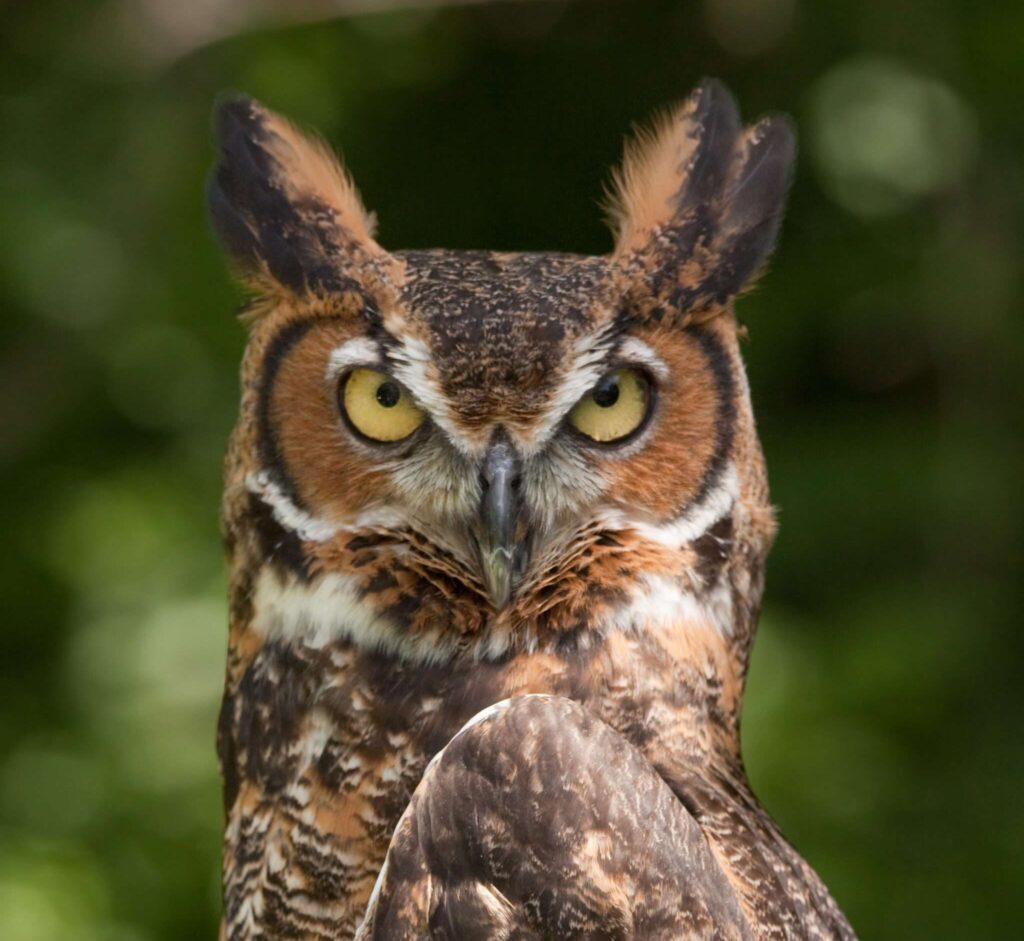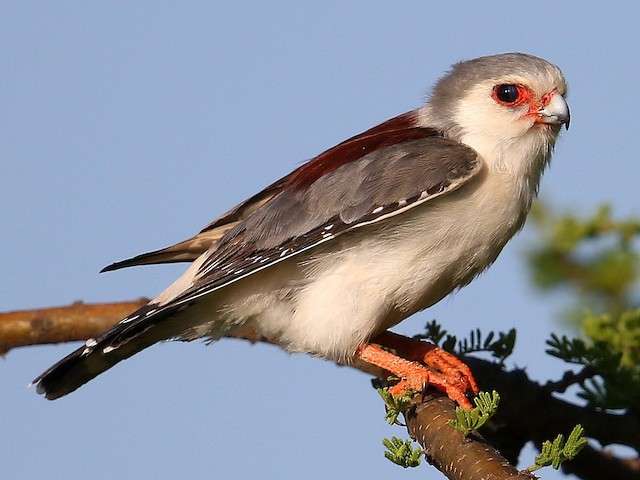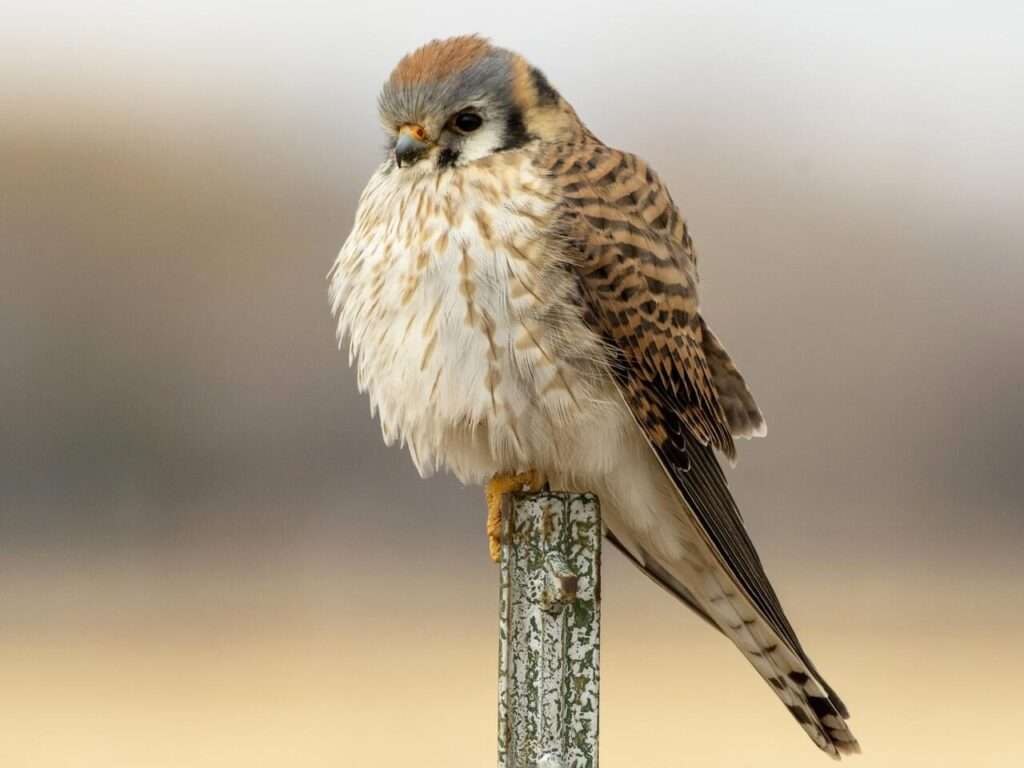
Description
Life span: up to 30 years in captivity
The strong predatory great horned owl has distinctive characteristics. The rounder cheeks and forward-facing eyes of great horned owls allow for binocular vision. They have tufts that resemble horns on the crowns of their heads. The tufts are typically darker than the rest of the head, which improves hiding. They have a distinctive white mark on their throat. On their white undersides, there are sporadic brown and black bands. Their white or brown tint surrounds their black bill. Their back is darker in color and has a speckled pattern of blacks and browns. They have eyes that range in hue from yellow to orange.
Great horned owls can grow to nearly 2 feet in height and weigh as much as 3.6 pounds. A great horned owl has wings that may spread out to around 4.6 feet in length. Their talons can grow up to 3 inches long. Simply said, these owls are fierce hunters.

Native Region/Habitat
The great horned owl can thrive in a variety of habitats and situations. They can be found living between sea level and 3352.8 metres above sea level. Large areas and dispersed trees are the greatest sites to see great horned owls. In addition to grasslands, swamps, deserts, marshes, and mangroves, they can be found in both rural and urban human regions. The natural range of the great horned owl includes much of North America, as well as portions of South and Central America.
Behavior
Except for when it breeds, the great horned owl is regarded not to be a gregarious creature and lives alone. Instead of migrating, they stay put in the same area. The main means of communication used by great horned owls to draw boundaries around their territories is hooping. Territorial conflicts may result in fatalities. Among their formidable prey are other owls, as well as raptors like Peregrine Falcons, Ospreys, and Prairie Falcons, as well as large prey such as Great Horned Owls. Additionally, they eat many smaller animals like rats, frogs, and scorpions.
As a pet/In captivity
Untrained, unlicensed, or improperly certified expert raptor handlers are not allowed to own owls. Throughout the whole month of October, the great horned owl will hoot nonstop, which will seriously worry your neighbours. They need a large space to fly, as well as cover from perches and foliage so they can feel safe. If an owl doesn’t agree with what the owner is doing, it will let the person know. Additionally, bleeding could happen as a result.
Table





